RSU Streams and Practices
The five components of the RSU are the “organizational culture” (key to any attempt at change), as well as the four functions of the university in the RSU perspective, declined, channeled or renamed for greater ease of use: governance, environmental management, teaching and research, and territorial anchorage.
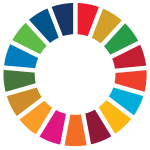
The categories of practices in the Governance, Environmental Management, Education and Research, and Place-Based Components refer to more than one SDG. When a category refers to one, two or three SDGs, it is illustrated with the icon(s) representing them. When it refers to more than three SDGs, it is illustrated with the icon representing the UN’s 17 SDG wheel.
Practices associated with the five components of the RSU are categorized by level of difficulty:
Basic practices: simple to implement and inexpensive.
Intermediate practices: require a greater investment of resources (time, money, or labor) for greater impacts.
Advanced practices: innovative, they allow to stand out in terms of RSU. Their implementation requires greater resources.
To give you a clearer picture of how your university can contribute to achieving the SDGs, learn more about the practices behind each component of the RSU below:
Component 1: Organizational Culture
The practices presented in this section help to embed sustainability into the university’s organizational culture – the set of beliefs, values and attitudes that influence the behavior of its faculty, staff, employees and students. Find out more by clicking on the practice categories below:
Clarify the university’s commitment to sustainability and the SDGs in the strategy and annual report
Dedicate a section of the annual report to sustainable development and the SDGs
Develop targets for the SDGs and present them in the university’s strategy
Mandate a person to deal with sustainable development
Hire a person to deal with sustainable development
Create a service dedicated to sustainable development (a center, a direction, a department, an office, etc.)
Ensure that each function of the university has targets in relation to the SDGs
Draft and adopt a policy on sustainable development
Draft and adopt a sustainable development, social responsibility or CSR strategy
Publish a sustainability, social responsibility or CSR report
Raise awareness of sustainable development and the SDGs among all employees (e.g., through posters, information capsules)
Encourage all employees to integrate sustainability into their jobs (e.g., by organizing contests, offering a financial bonus, or recognizing the most committed individuals)
Provide training to all employees on sustainability and the SDGs (e.g., workshops, conferences, courses, or vignettes)
Suggest or recommend that students make a commitment to sustainability (e.g., through posters, mentions in official documents, suggestions from faculty or researchers, etc.)
Valuing students’ commitment to sustainable development (e.g., by granting credits or awards for community involvement, volunteer work, internships, or research related to sustainable development)
Da nang University (Vietnam) is looking to integrate sustainability into its daily life! It includes sustainability not only in its strategic objectives but also in its 2020 annual report. But that’s not all! On December 28, 2020, Da Nang University also hosted a national scientific conference entitled ” Innnovating education and training for the goal of sustainable development ” (innovating education and training for the goal of sustainable development). During this conference, several elements were highlighted: the roles and importance of education and training in achieving the goals of sustainable development, but also the fact that educational institutions are privileged places to express and realize the government’s orientations and policies in this regard.
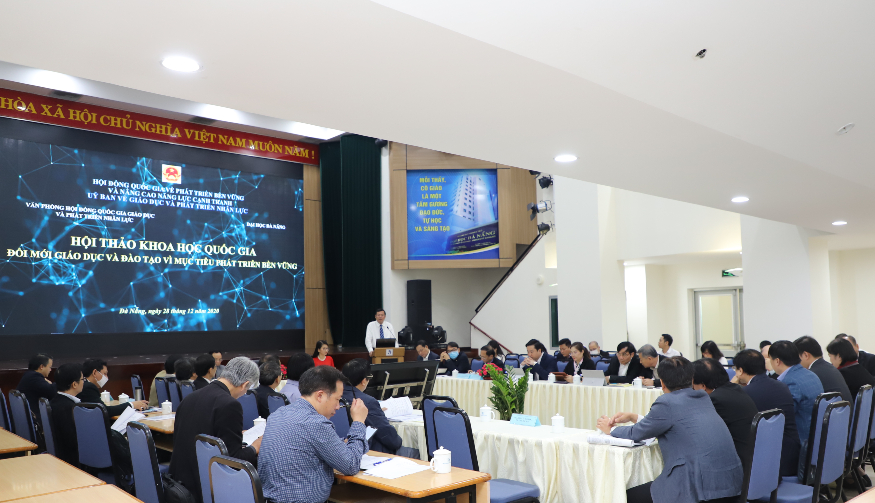
Kasetsart University (Thailand) publishes an SDG performance report. It includes all its practices classified according to their contribution to the SDGs. Discover them here.

CAPSULE : Distinguish between policy, strategy, action plan and sustainability report
CAPSULE : Sustainable development policy
CAPSULE : The sustainable development strategy
CAPSULE : The Sustainable Development Action Plan
CAPSULE : The sustainable development report
CAPSULE : Preparing a sustainability report
Component 2: Governance
The practices outlined in this section promote good governance of the university. They allow for the effective, ethical and transparent management of the university’s resources

Ensure that those in leadership positions are representative of the university’s membership in terms of gender, ethnicity, and age (e.g., establish and enforce annual selection criteria for electing or appointing these individuals)
Ensure that the profiles of the people in management are varied in terms of disciplinary profiles (for example, set annual selection criteria for electing or appointing these people and apply them)
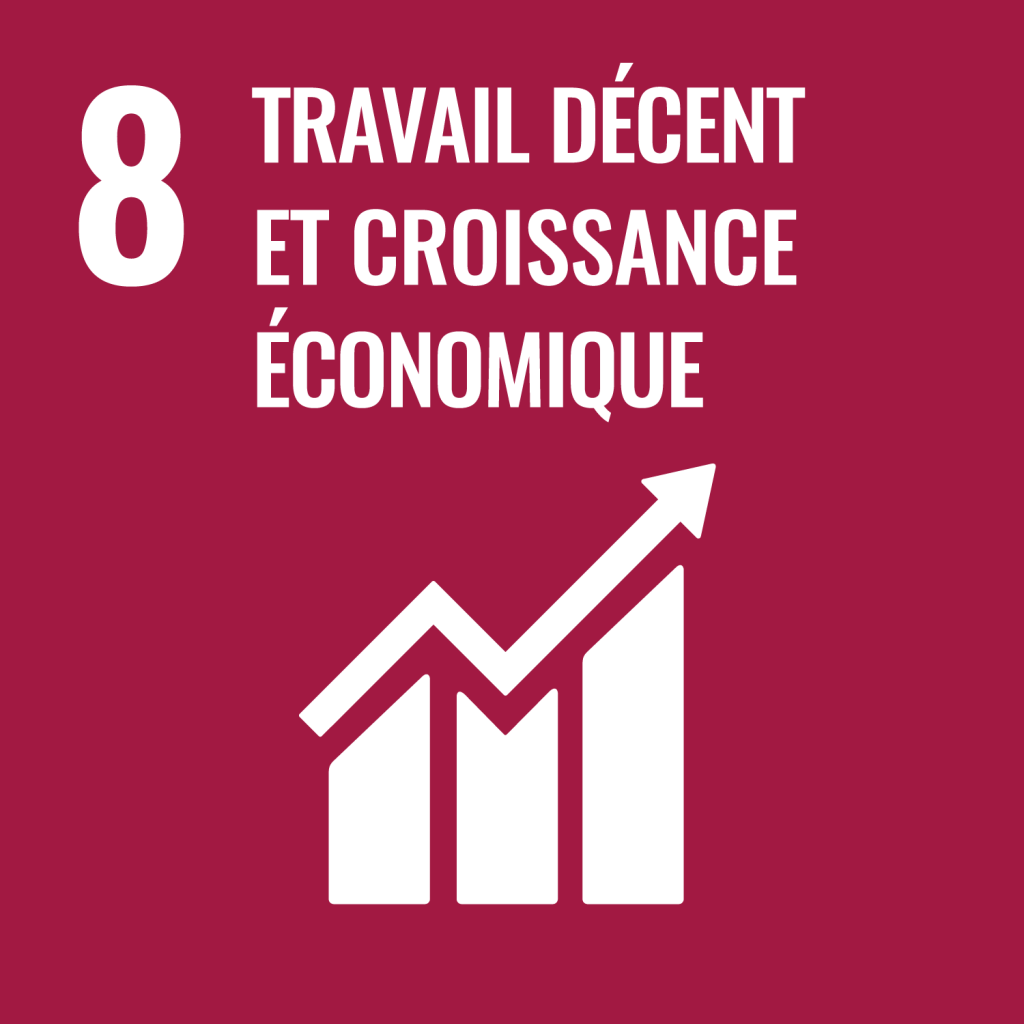
Draft and implement a policy to combat forced and child labor
Develop and implement a pay equity policy, including a commitment to measure and eliminate gender pay gaps
Accept that a union represents and defends the rights of :
– Teachers and researchers
– Students
– Management employees
– Support staff

Promote equal access to education for men and women (e.g., measure the number of female and male students, set recruitment goals, develop a policy, review promotional tools to attract as many female students as male students, etc.)
Take steps to ensure gender parity at:
– Teachers and Researchers
– Graduate students
– Senior Management
(For example, measure the number of women and men in each category, develop a policy, review promotional tools, etc.)
Supporting women’s participation in the labour market (offering childcare, condensed hours, etc.)
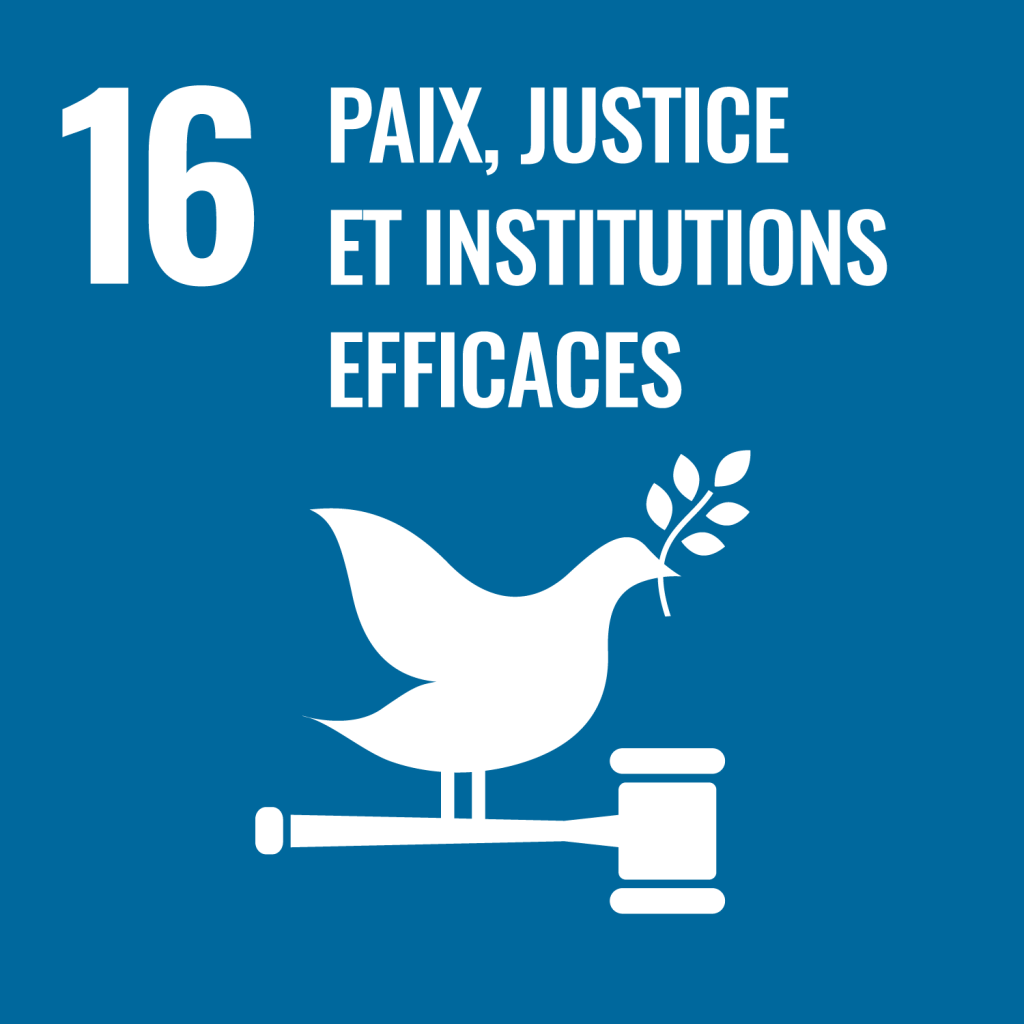
Establish a complaint management mechanism (e.g. form, complaint box, etc.)
Hire someone to handle complaints (e.g., an ombudsman or ethics officer)
Draft and implement an anti-corruption policy

Fight discrimination in the workplace (develop a policy, raise awareness, provide a hotline, provide sanctions, etc.)
Fighting discrimination against women on campus (idem)
Fight discrimination against people from minority groups (ethnicity, religion, skin color, sexual orientation, age, social class, etc.) (politics, hotline, etc.)
Promote access to education for people from minority groups (measure the number of minority students, adapt promotional tools, create incentives, etc.)
Helping people with disabilities (developing a policy, dedicating a service, adopting adapted infrastructures, providing support, etc.)
Offer hours that allow for adult access to education (evenings, weekends, etc.)

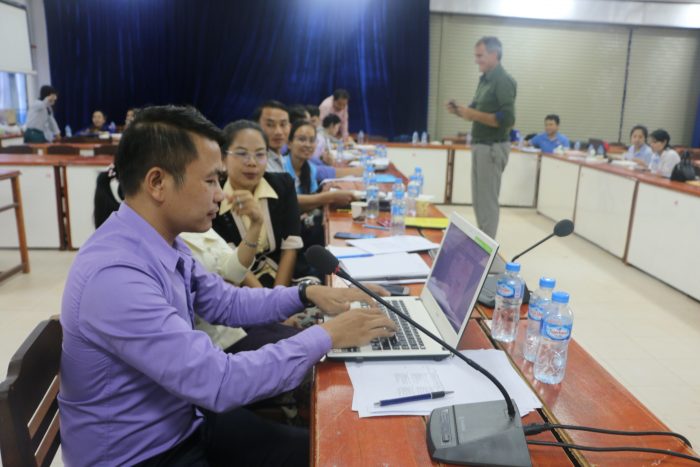
In partnership with the AUF, the University of Savannakhet (Laos) embarked on strengthening its governance in 2019. Through interviews with various university actors and stakeholders, the university first conducted an inventory of its situation, actions and dysfunctions. The university’s senior leaders then attended workshops and trainings to develop and improve the university’s strategic plan and publish reliable and comprehensive reference documents. Finally, the university planned a staff satisfaction survey and an external evaluation.
As of April 2016, prior to the Japanese government’s implementation of the Law on the Elimination of Discrimination against Persons with Disabilities, Chuo University (Japan) was establishing guidelines for supporting students with disabilities in order to ensure their respect and provide a comfortable working environment.


Component 3: Environmental Management
The practices presented in this section contribute to the social responsibility of your university. They aim to manage material resources efficiently, reduce the impact on the environment and climate change, and maintain biodiversity.
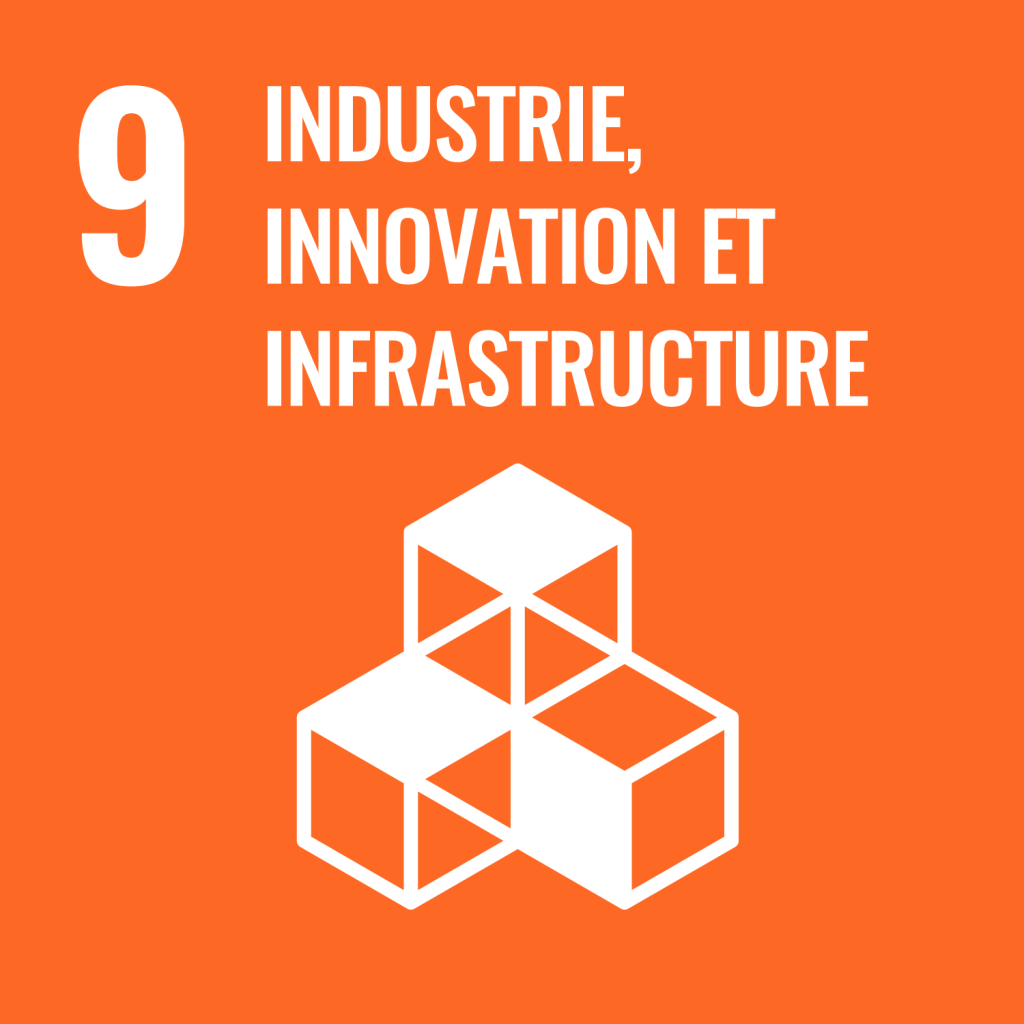
Develop and implement a policy on new building standards that emphasizes the use of sustainable and resilient materials
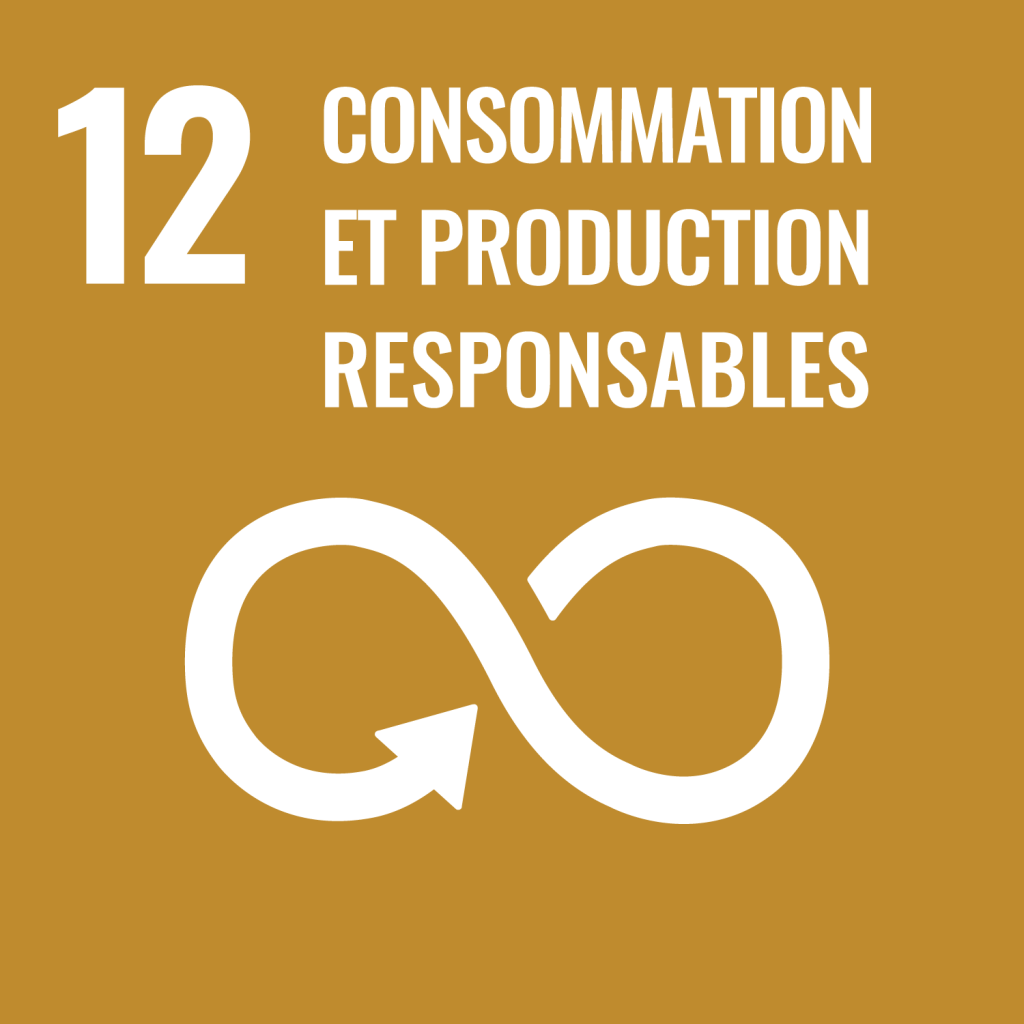
Prioritize the purchase of environmentally friendly, local and sustainable products, supplies and food (e.g. ban single-use utensils, buy from local suppliers, purchase products with a small ecological footprint that will last over time, etc.)
Draft and implement a responsible purchasing policy

Take steps to reduce the amount of waste on campus (prioritize purchasing products and foods with little packaging, encourage repairing or repurposing products or supplies that are about to be thrown away, etc.)
Promote sorting (e.g., install compost and recycling bins, drop boxes for batteries, light bulbs, used clothing, etc.)
Write and implement a campus waste reduction and management policy


Inform and educate its members about the impacts of food waste (e.g., through posters, vignettes, etc.)
To make available to its members a self-service fridge in which people who wish to do so can drop off or pick up the products they are interested in
Write and implement a food waste policy

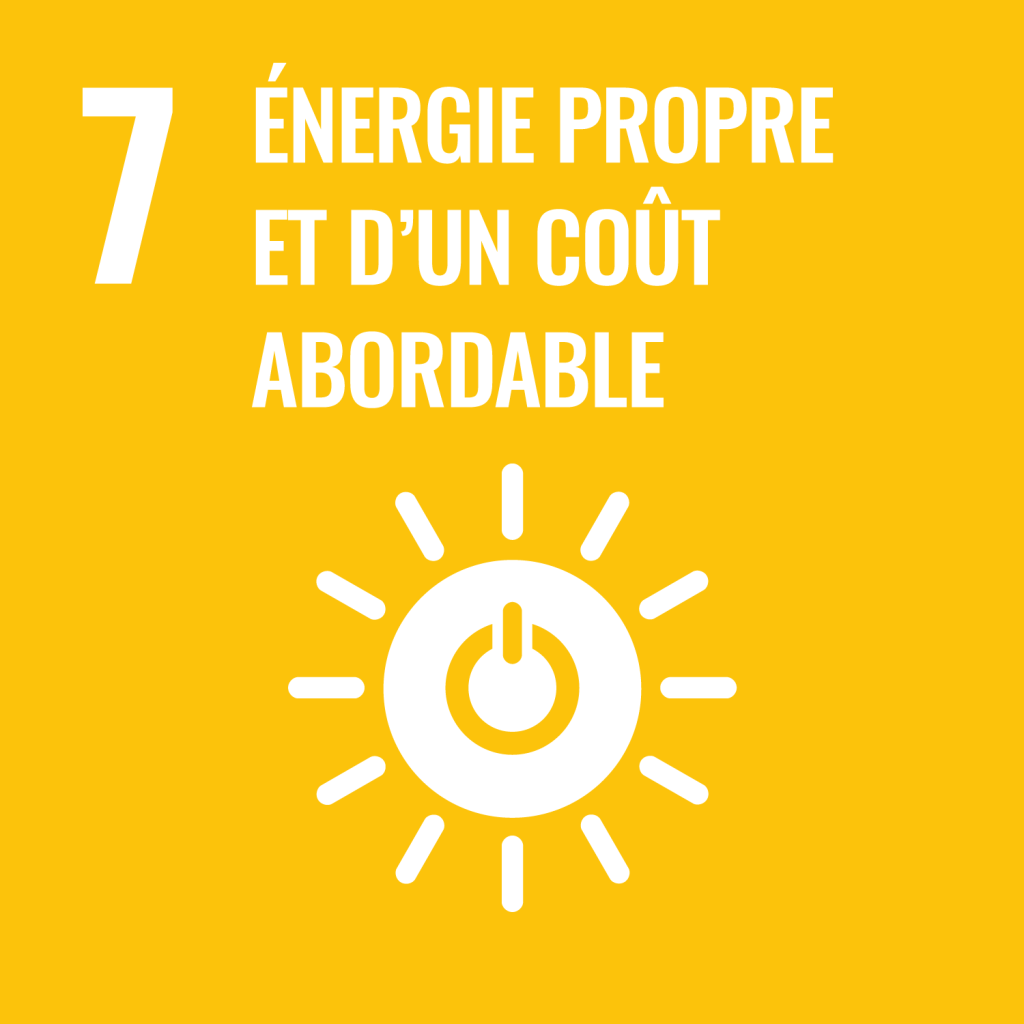
Offer its employees and students accommodations to reduce their mobility needs (e.g., condensed work schedules, online courses, on-campus housing, etc.)
Promote public transit to university members (e.g., advertise, offer transit passes, etc.)
Draft and implement an energy reduction policy
Draft and implement a greenhouse gas (GHG) policy
Measuring your GHG emissions
Measure your energy consumption
Encourage the government to develop an efficient public transit system or bicycle paths
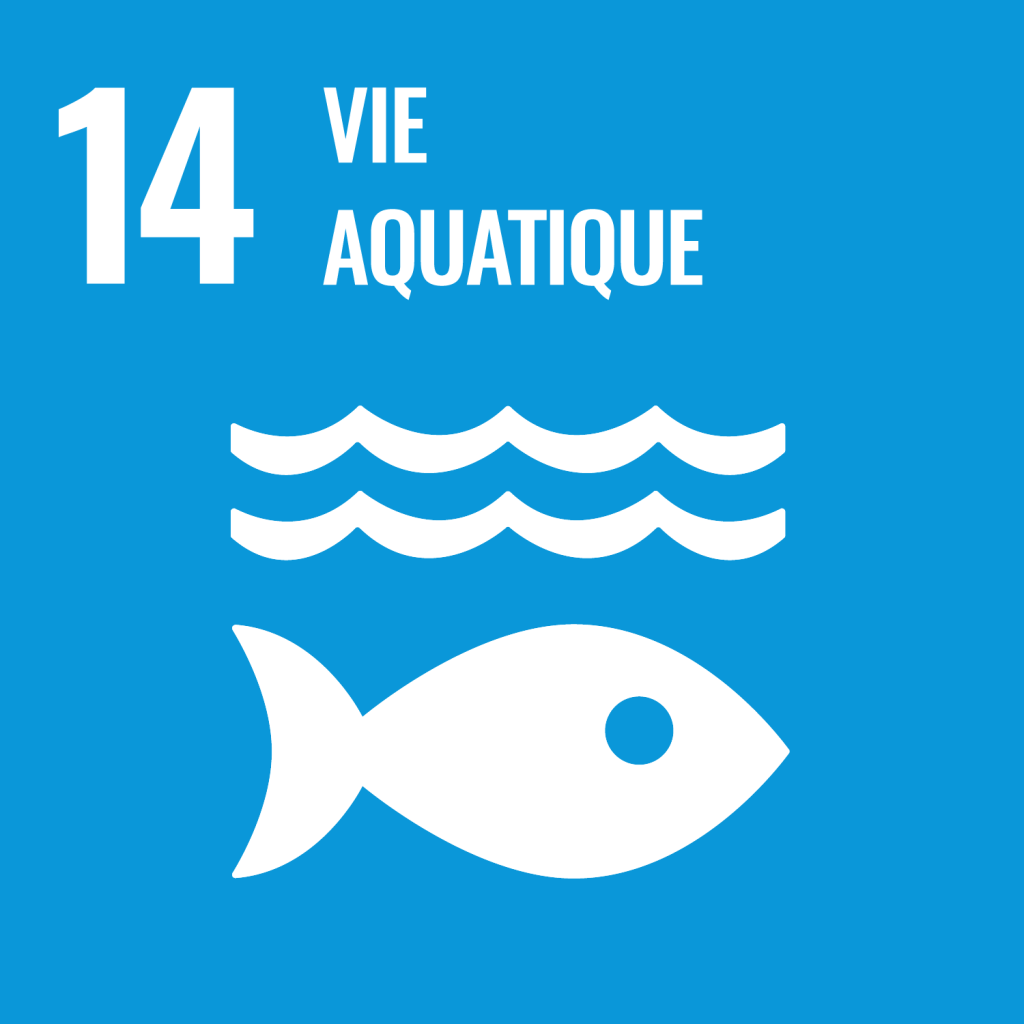
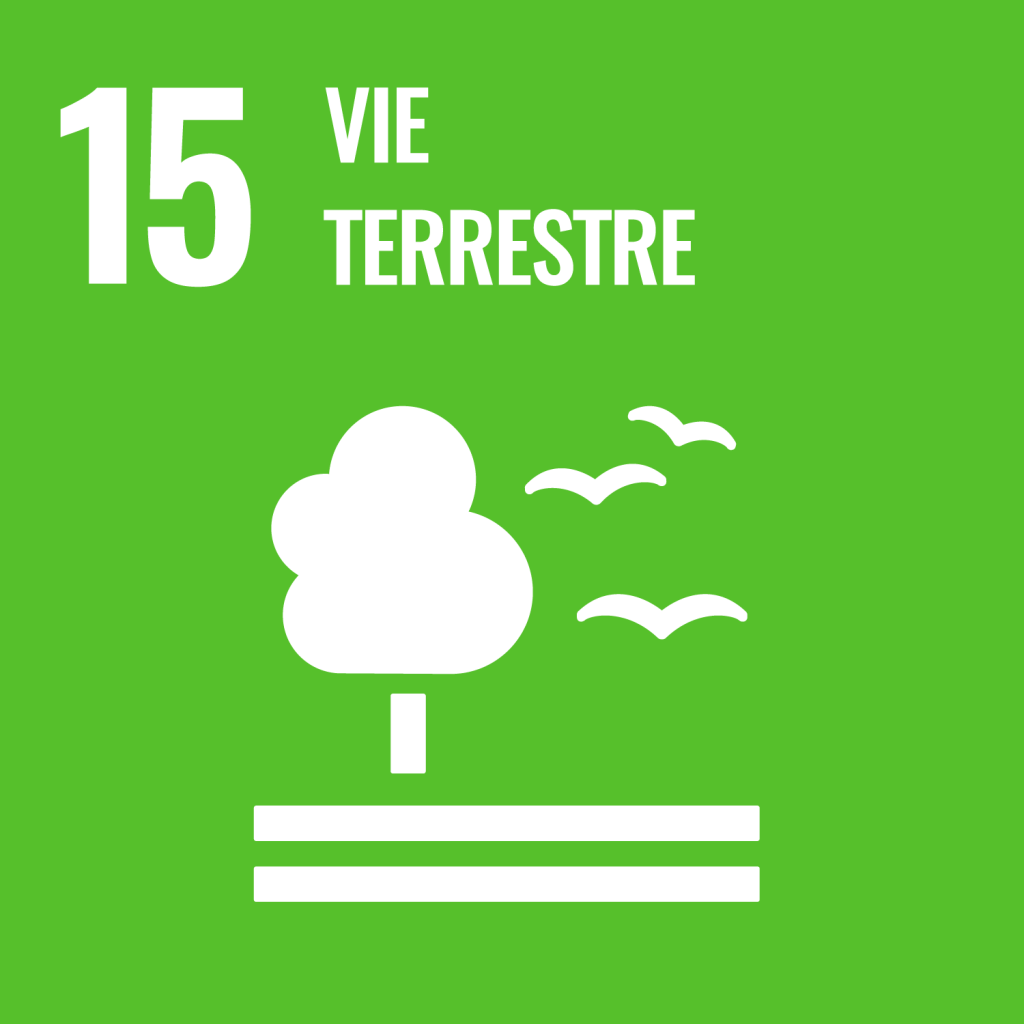
Take steps to maintain or restore :
– Terrestrial ecosystems, including those affected by university activities
– Marine, lake or river ecosystems, including those affected by university activities
For example, ensuring that buildings or activities of employees, students, and researchers do not pollute the environment or organizing clean-up or restoration activities of surrounding ecosystems
Develop and implement a policy on ecosystem maintenance and restoration
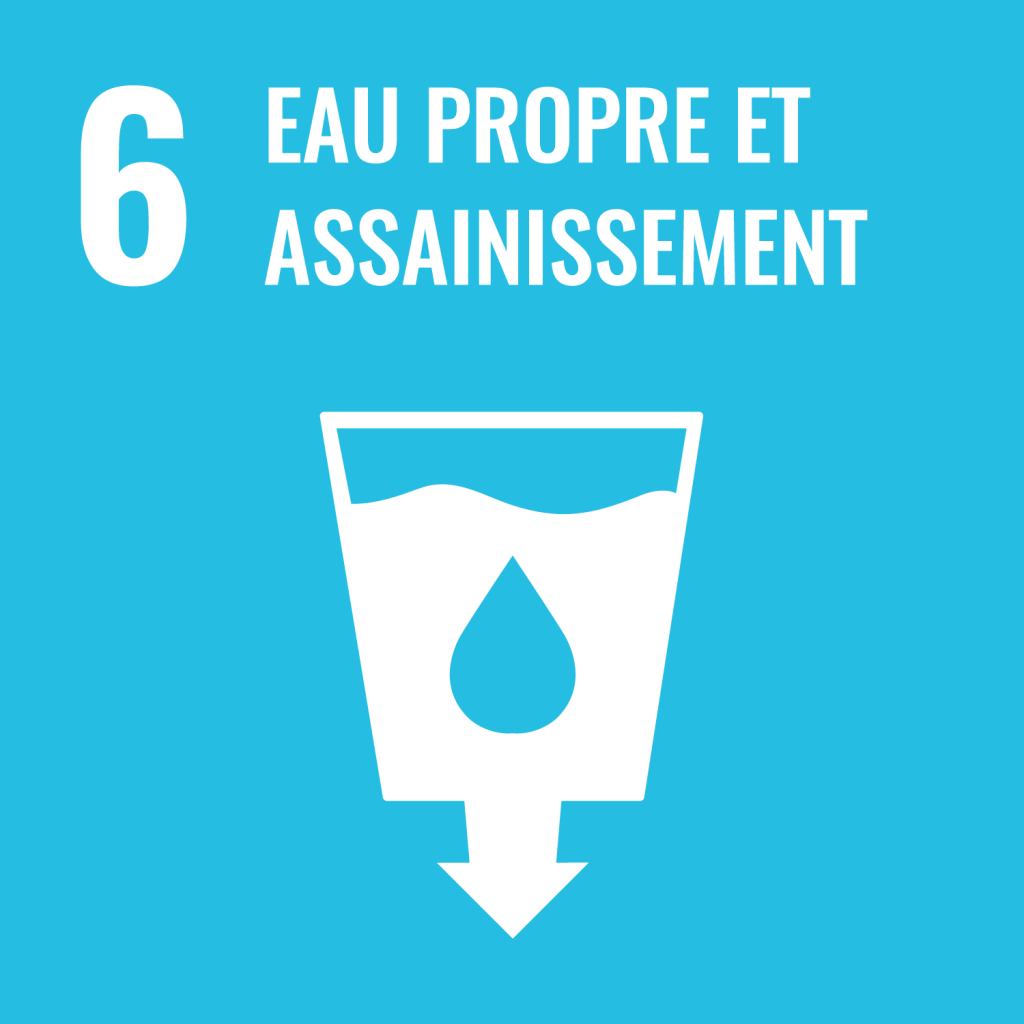
Provide university members with free access to:
– of drinking water
– toilets
– hand washing facilities
Take steps to prevent water waste on campus (e.g., equip sinks and toilets with motion sensors, install drinking fountains, an automatic watering system, etc.)
In March 2022, a group of students from Rangsit University (Thailand) went to the Baan Mai Chai Lane complex in the community of Khlong Khon to participate in a mangrove forest planting activity. This activity aimed to maintain the balance of the ecosystem to avoid significant impacts on the sea and human habitations.
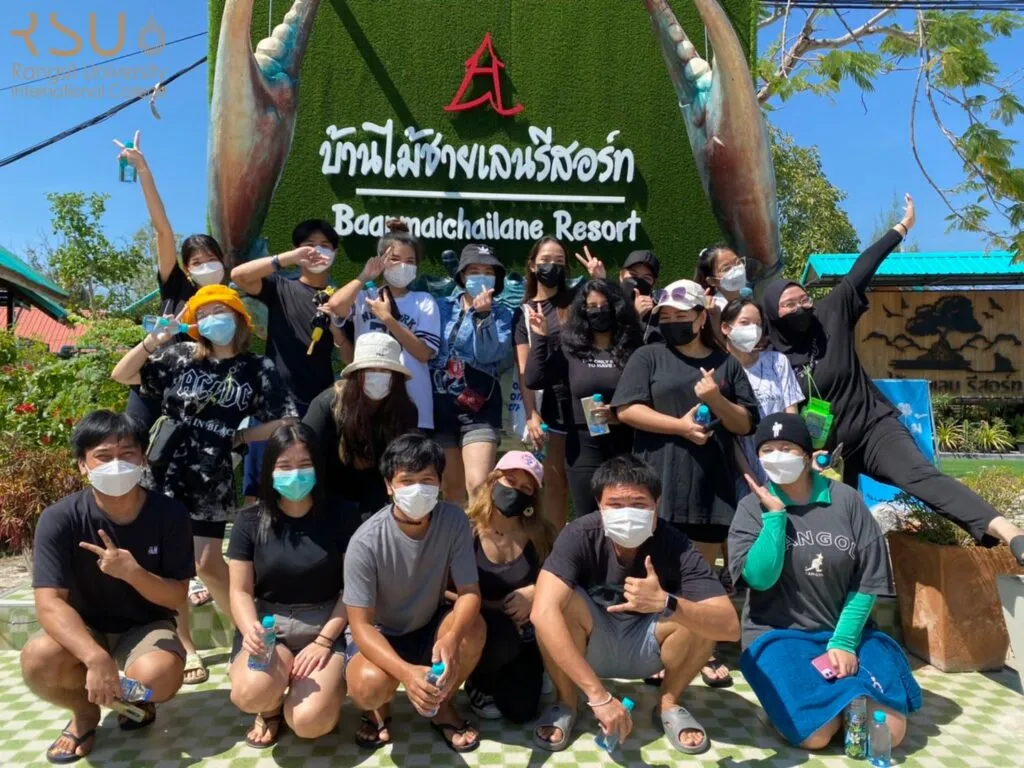

At Kasetsart University (Thailand), an agency is responsible for monitoring the quality of water from water sources within the Kasetsart University area and verifying that the quality of the water meets standards before it is used in various systems, which affects aquatic ecosystems in a large area.
Component 4: Education and Research
The practices presented in this section aim to educate students about sustainable development and the sustainable development issues targeted by the SDGs and to support them in their learning and skills acquisition. They also aim to encourage the publication of research that will help students understand and respond to the sustainable development issues identified by the SDGs.

Where relevant, mention sustainable development in course offerings
Offer at least one course dedicated to sustainable development
Offer at least one program dedicated to sustainability within the university
Offer courses that address in depth the issues targeted by the SDGs (e.g. responsible consumption, poverty alleviation, climate change, sustainable agriculture, etc.)
Offer at least one course dedicated to sustainable development per department, institute or school
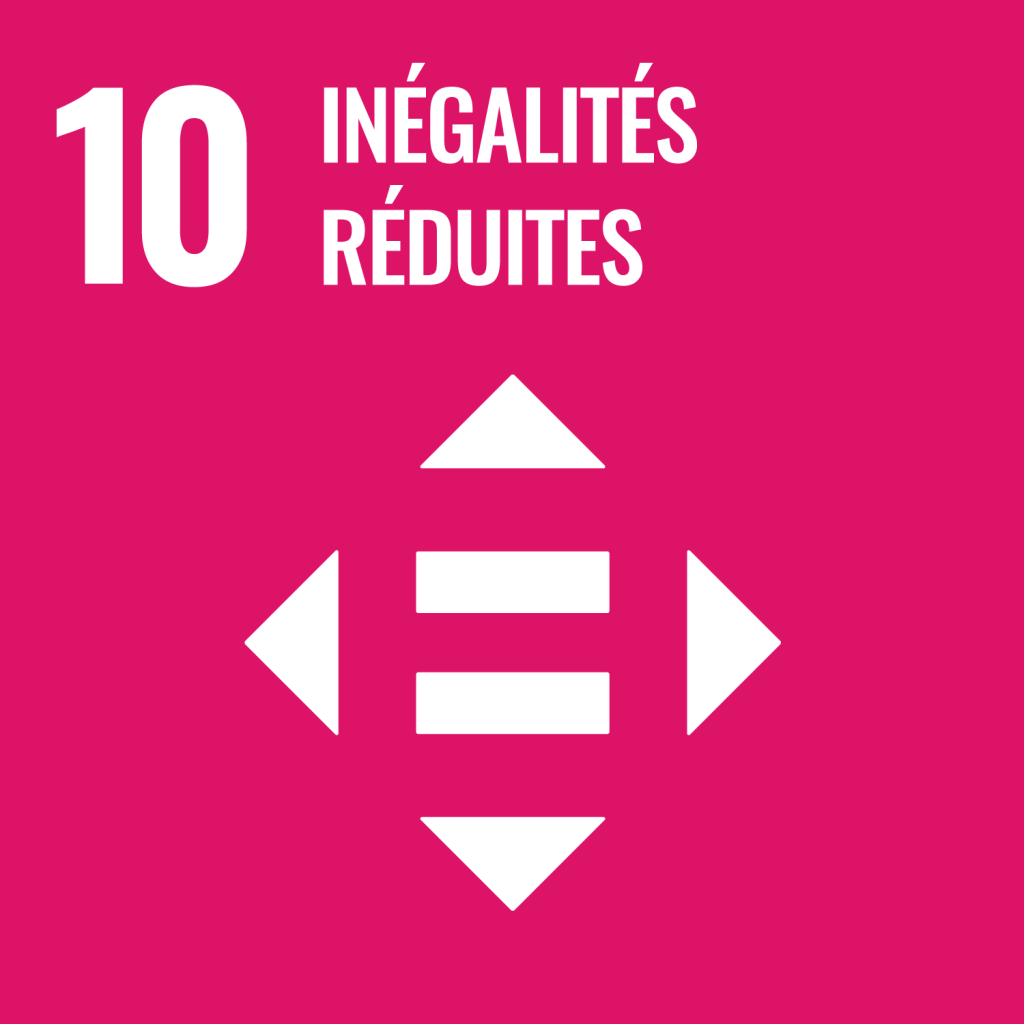
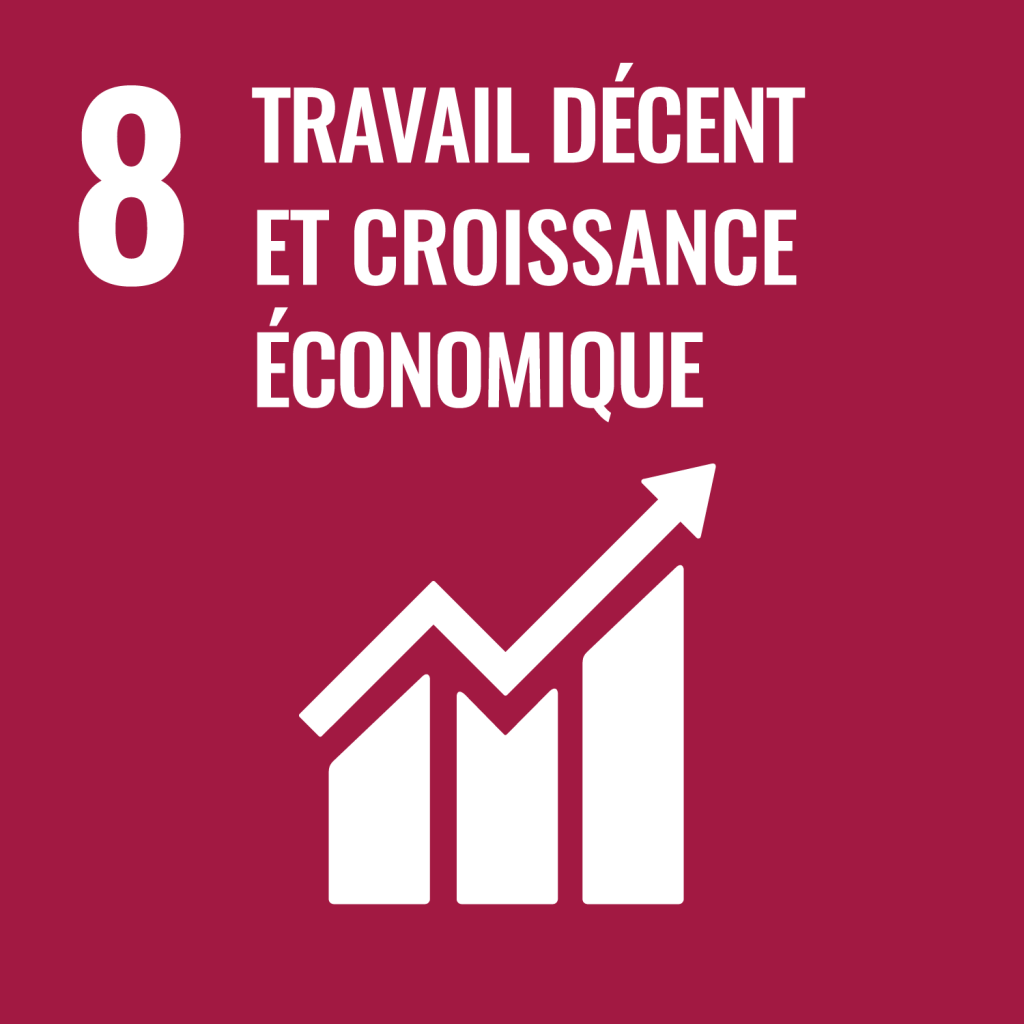

To propose a training offer
Ensure equal access to knowledge among students, regardless of their socioeconomic status (provide free internet access on campus, offer a used book bank, etc.)
Encourage and value work experience (provide opportunities for internships, entrepreneurial projects, etc.)
Supporting students with learning difficulties (e.g., providing tutoring, counseling, etc.)
Vary the teaching strategies used by teachers, such as tutorials, independent learning, team exercises, discussion, debate, field trips
Regarding the assessment of learning, balance individual and team work


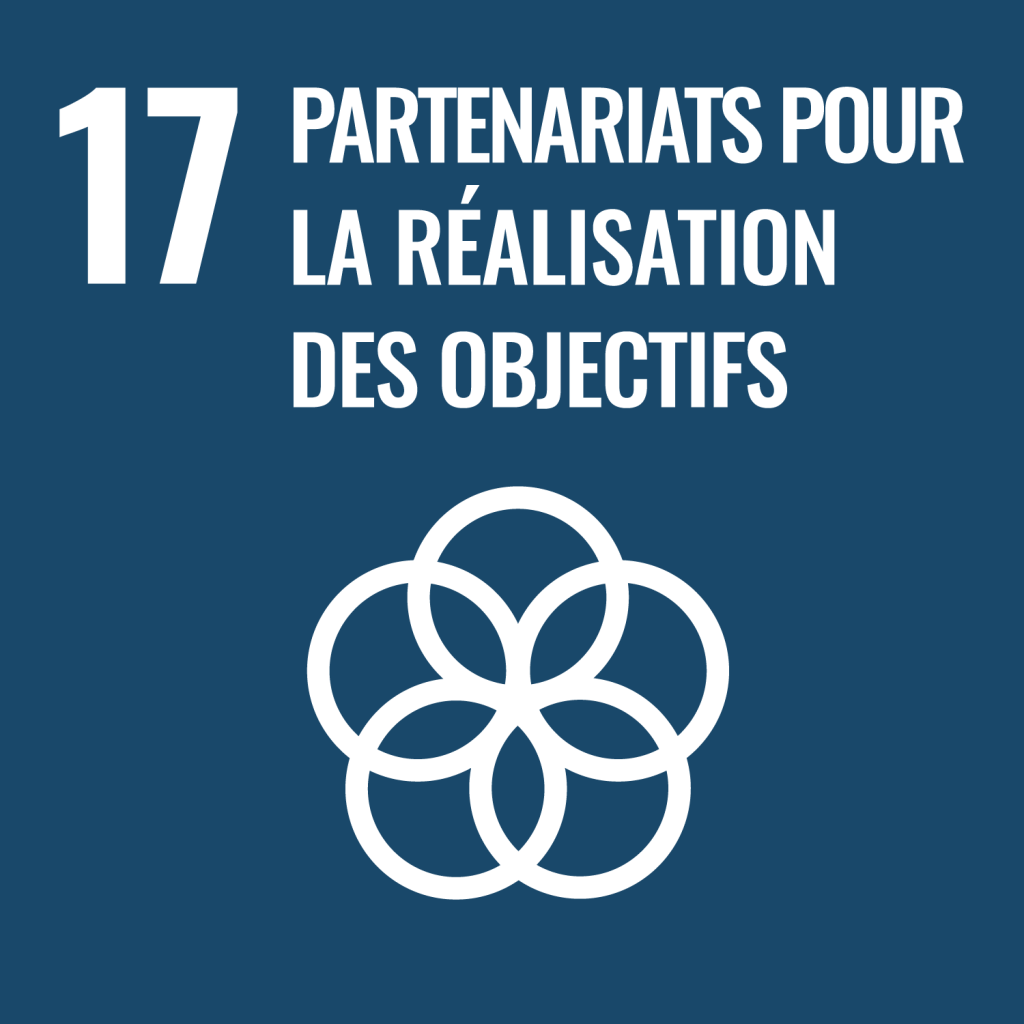
Identify publications by researchers at your university that address sustainable development, the SDGs, and the issues addressed by the SDGs (e.g., responsible production and consumption, poverty alleviation, climate change, sustainable agriculture, etc.)
Honouring research on sustainable development and the SDGs (e.g. mentioning it in official documents, promoting it on its website, etc.)
Incentivize research on sustainable development, the SDGs, and the issues addressed by the SDGs (e.g., provide awards or grants)
Encourage research that addresses sustainable development and the SDGs (idem)
Partner with the community to fund research on sustainable development and the SDGs or solve problems experienced by communities or organizations.

Several Cambodian universities that are members of the AUF organize visits for their students to the Confirel company’s sugar palm products factory in Phnom Penh.
The objective of these visits is to give them a concrete vision of the functioning of a company involved in social responsibility that takes the issue of sustainable rural development very seriously.

The Institute of Research for Development (IRD) is developing scientific partnerships with researchers in the Asia-Pacific region in relation to the SDGs. It could accompany the researchers of your university in the publication of works on sustainable development!
What does sustainable development research look like? There are all kinds! Examples include those by urban planning doctor Nguyen Thai Huyen: The Adventures of the 3 Rs and Recyclable Waste in Hanoi, Dynamic Spaces in the City.
By 2050, Vietnam plans to become a leading country in sustainable fisheries. It also aims to effectively protect and develop biodiversity and improve the livelihoods and living standards of coastal residents, helping to ensure social welfare and safeguard national food independence and sovereignty.
In this perspective, Nha Trang University (Vietnam) has partnered with UNCTAD to open a new Center of Excellence on Sustainable Fisheries.
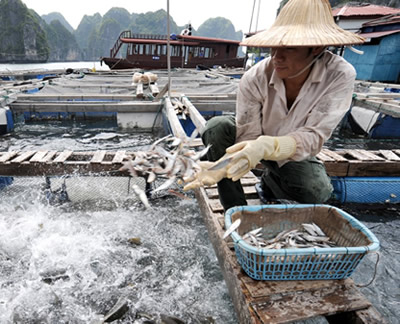
CAPSULE : The green shift in university education
CAPSULE : Offer educational forms adapted to SD
CAPSULE : Integrating SD into your teaching
CAPSULE : Translating SD into your discipline
CAPSULE : SD in Civil Engineering
CAPSULE : Pedagogical approach to integrate sustainable development into a course
CAPSULE : The social responsibility of a university – pilot experience in Peru
Component 5: Territorial anchoring
The practices presented in this section are designed to bring the university closer to its community so that it can develop in the best possible social, ecological and economic conditions.
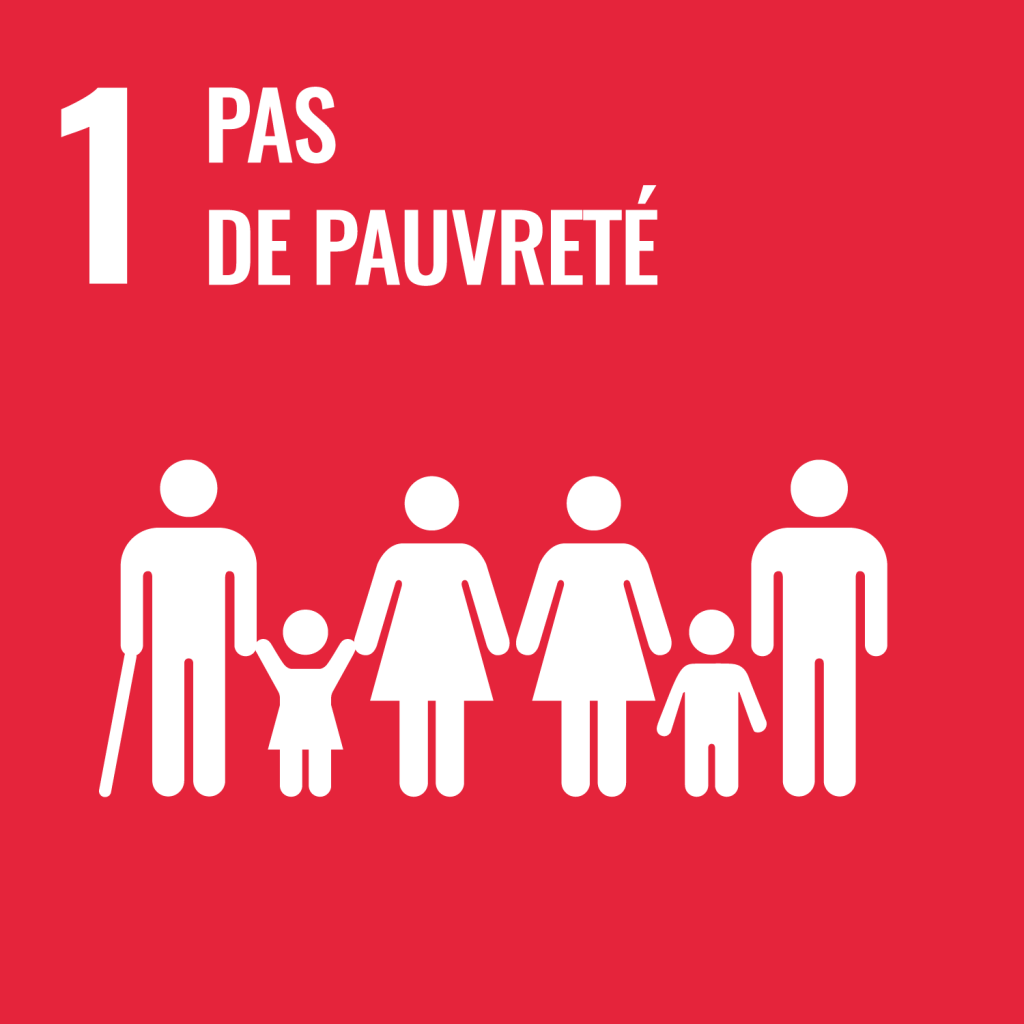

Offer financial assistance to students in need (e.g., grants, stipends, tuition reductions, loans)
Offer financial assistance to employees in need
Provide a food bank service that coordinates non-perishable food donations for its students and employees in need

Educate the university community about the dangers of tobacco, drug, and alcohol abuse
Encourage the university community to exercise
Include nutritious foods in the university’s food offerings (foods that are low in sugar and fat, high in fiber, vitamins and protein)
Provide the university community with free or affordable access to general, sexual and mental health care

Increase the number of students who take an internship of more than one month (e.g., it organizes internships of more than one month, it promotes such internships, etc.)
Increase the number of students who find employment in their field six months after graduation (e.g., provide job search counseling, mock interview and resume review services, etc.)
Increase the number of employees who have a contract of more than 24 months (e.g., offer long-term employment contracts, good working conditions, etc.)
Ensure that training programs are in line with the needs of the job market to help students find permanent employment (monitor the job market, etc.)
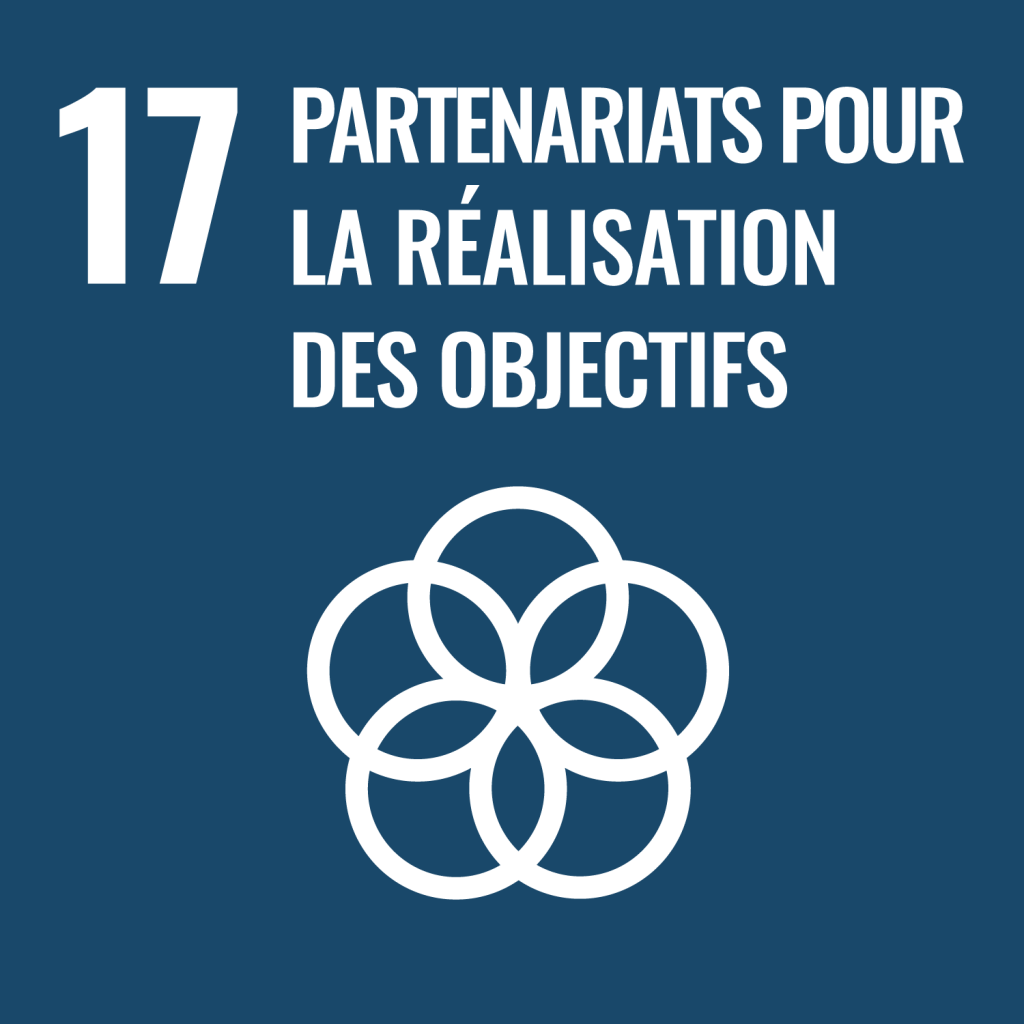
Consult with businesses, governments and local communities to understand their needs and how best to meet them
Develop and maintain partnerships with businesses, governments and local communities

Offer free training courses open to the public on the issues targeted by the SDGs
Offer free events open to the public on the issues targeted by the SDGs
Organize or take part in awareness campaigns for the general public on the issues targeted by the SDGs
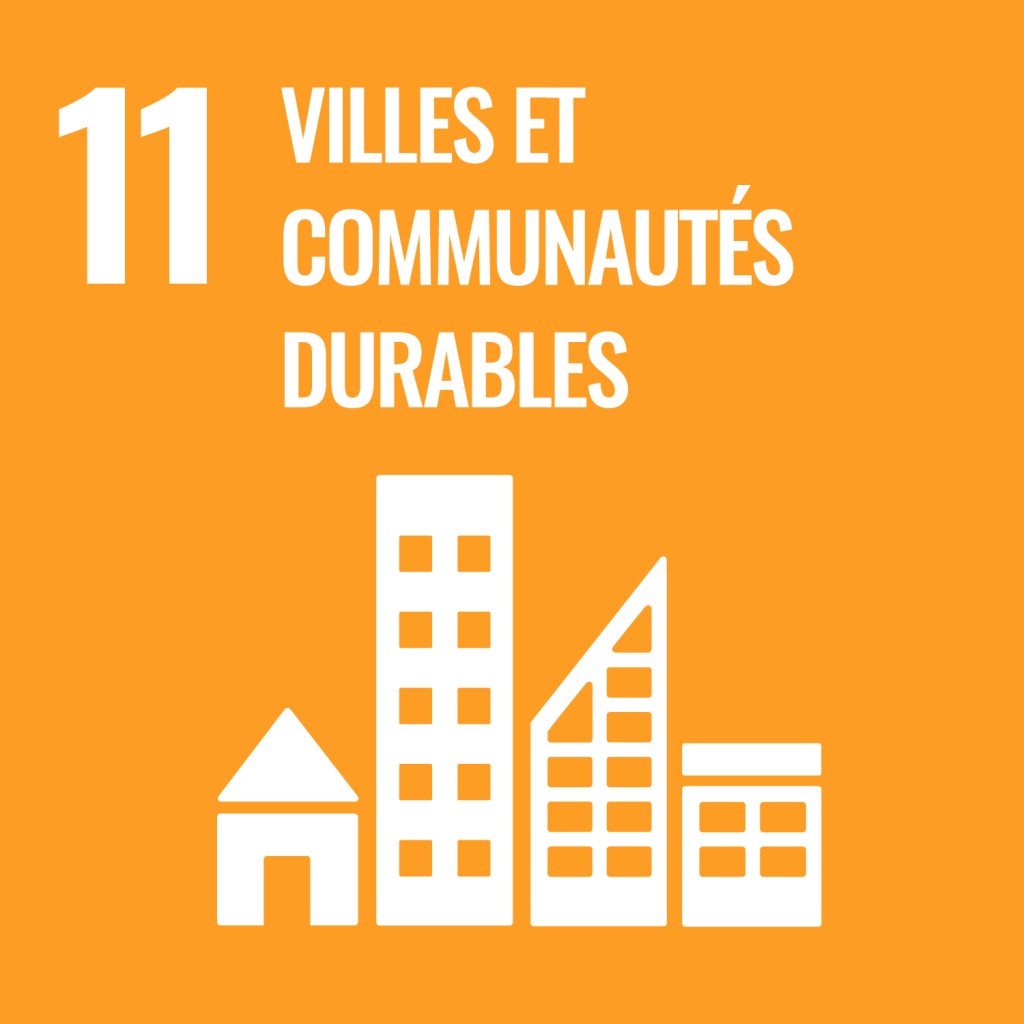
Open culturally significant buildings and landscapes on campus to the public
Open the university’s libraries to the public
Open the university’s art galleries, museums, or artwork to the public
Sookmyung Women’s University (South Korea) opened its two museums to the public: the Sookmyung Women’s University Museum, dedicated to the life of Korean women, and the Chung Young Yang Embroidery Museum, the first museum in the world dedicated to embroidery.

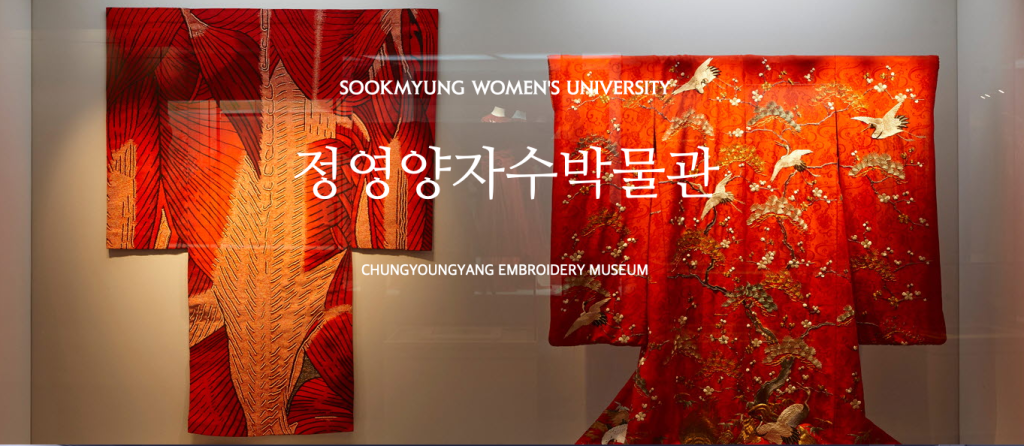



Da Nang University is involved in several international projects that can help it contribute to the achievement of the SDGs.
For example, the HARMONY project aims to support the modernization, accessibility and internationalization of higher education institutions in India, Bangladesh and Vietnam, and to strengthen cooperation between European and Asian universities. The V2WORK project aims to support the Vietnamese education system in order to increase the employment opportunities and entrepreneurial skills of its graduates. Finally, the HUB4GROWTH project aims to strengthen university-industry collaboration for the sustainable and intelligent development of Asian universities.